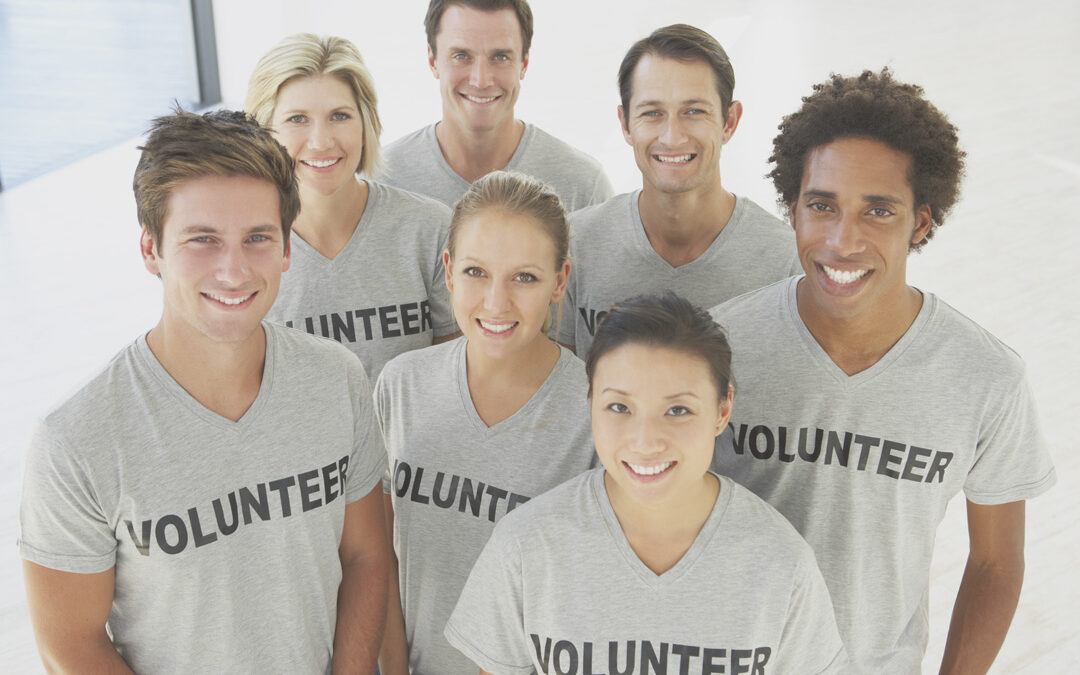Estimating your event planning and coordination time is one of the best skills you can learn. It’s part industry knowledge, part data, and part luck. But with these strategies, you can get the cost estimate a little closer to the reality.
Next to setting your prices adequately, estimation is one of the top skills you can have in your event planning business. If you estimate time on an event incorrectly, you’ll either come out short or your client will be angry that you are so far off budget.
Estimation in event planning time is hardly an exact science – but your clients think it is. Unlike running a mile where you can quickly estimate how long it will take you (if you do it often enough), event planning is hardly a smooth path with predictable timelines. Of course, you do your best to estimate how long certain tasks take you and you build in plenty of buffer.
Before You Begin Estimating…
Organize
Make a list of everything that needs to be done by everyone that you’re responsible for from a cost perspective. If you are managing the AV crew for instance, and their charges will be covered in your bill to the client, then include them. This list would include load in, AV testing, and rehearsal time, for instance. If you aren’t, leave them off. Some event planners use mind mapping software for this part so they can see how everything fits together.
The reason you list all of these things is because while undercharging for time may hurt, overcharging and then being seen sitting around is more upsetting from a client perspective.
Also, don’t forget about factoring in breaks and meals. While these may not factor into your estimate from a direct cost perspective, you’ll need to know it for workflow. Plus, they’re important if you want everyone working at top performance levels.
Account for everything you know about, knowing there will be plenty that crops up that you won’t. Assign each activity a time slot and duration. Once you work this out, you can use pieces of this and the framework at your next event.
Watch Your Day
Have you ever had a day when you wrote everything down and assigned it a client code? For those professions that bill by the hour likes to account for every second, but that’s simply not realistic. Understand that things crop up. Build in time so that when the client needs extra support and reassurance, you have a moment to provide it without running off schedule.
Building in extra time also gives some padding to your estimate ready for when a hiccup comes along or the client reverses a decision they made.
Making Your Estimates
Here’s some advice to follow on how to make good estimates:
Add Assumptions
You will sometimes be off budget and when that happens, your client will want to know why. Before handing over your estimate, add in any assumptions you are making that if altered could affect the time required to perform the service. For instance, you may add that you are assuming the client will get you the presentation two days before the conference so that it can be tested with the lighting as requested. Any delay to that places a stress on the deliverables and may incur overtime charges.
Don’t Clump
Don’t estimate how much time you’ll spend on arranging speakers. Instead, use your list of activities you compiled earlier to estimate time for each task individually, then roll them up and compile them for the client. The client needn’t see your individual workings but it will help you get a better view of how much time goes into everything and if you look at it in a granular fashion, you’re less likely to forget to factor in the important details that will wreck your schedule if missed.
Factor in Switch Time
We like to think that we are all brilliant multi-taskers, but the truth is when we switch directions or tasks, we often take a little time to get up to speed. If you have people working multiple roles as part of your event, factor in switch time. They may need to be brought up to date or get used to doing something differently. This also applies to team members working around the clock at an event. Factor in extra time when the new shift takes over.
Read Into Under Exaggeration
If you’re relying on someone else for a time estimate to perform an activity, realize there’s the possibility that they want to impress you. Just as some people lie about their weight or how much they can bench press, some vendors will give you a shorter turnaround time because they believe it makes them look better if they can get it done quickly. Pad estimates from other people for that reason, and build in the delay factor.
Learn from Mistakes
After every event, look at what you estimated correctly and what took more time to plan than expected. Break it down and compare like versus like. Keep a spreadsheet of all of your events. With planned time versus actual listed, as well as any causes of the discrepancy. Then use these numbers to create averages. That way, even a bad estimate becomes a good learning experience.




Recent Comments